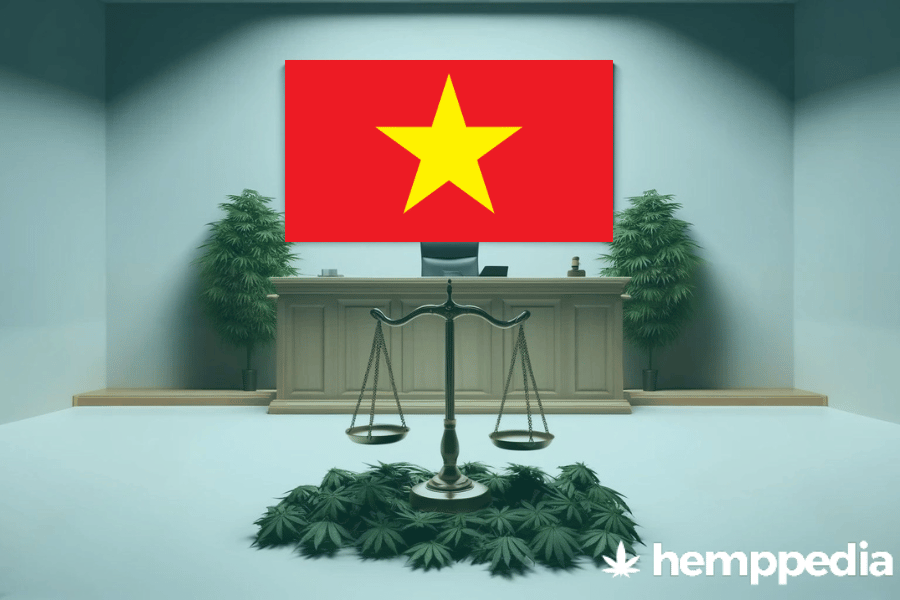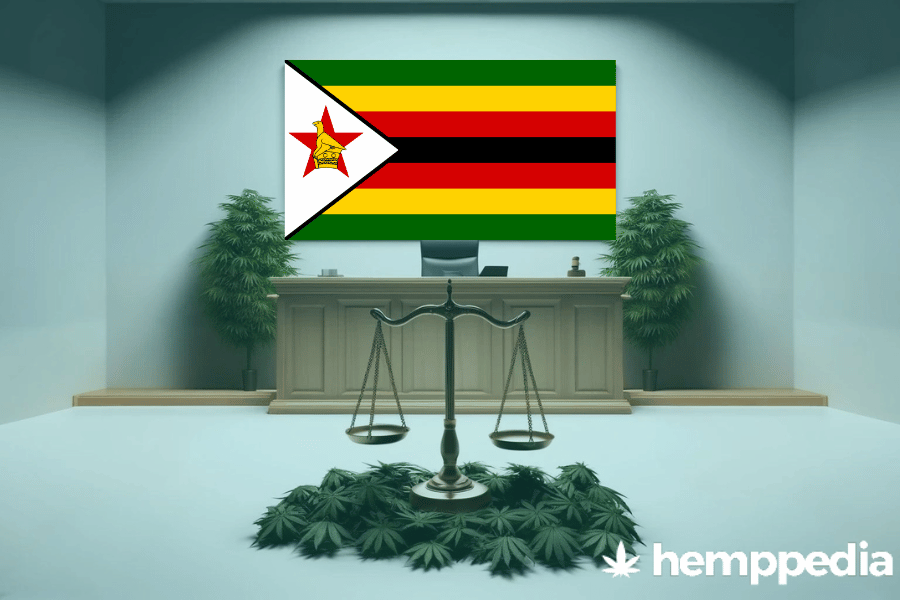TL;DR
As of March 31, 2021, cannabis has been legalized for both recreational and medical use in New York State, United States. In this table, we have illustrated the legality of different cannabis components and uses.
| Recreational Use | Medical Use | |
|---|---|---|
| THC | Legal | Legal |
| CBD | Legal | Legal |
Introduction
Global attitudes and laws around cannabis are evolving with several countries, and US states decriminalizing or legalizing the use of cannabis for recreational and medical uses. In this post, we will examine the legal situation of cannabis in New York specifically.
Overview of Cannabis Legislation
Legalization allows the possession, manufacturing, and sale of cannabis while decriminalization removes criminal sanctions against cannabis use but maintains fines and penalties under certain legal conditions. Cannabis laws differ worldwide, with countries like Canada legalizing its use entirely while others like Singapore maintaining a prohibitionist stance.
State-Specific Legal Details
Legal Status
In New York, as of March 31, 2021, the use of recreational and medical cannabis is legal for adults over 21, according to New York Senate Bill S854A. Recreational users can have up to 3 ounces of cannabis and medical users are allowed a 60-day supply as deemed necessary by their healthcare professional.
Historical Context
Medical use of cannabis was permitted in New York from 2014. The Marijuana Regulation and Taxation Act (MRTA) signed on March 31, 2021, made recreational use legal and amended existing medical use laws.
Possession and Use
Adults over 21 can possess up to 3 ounces of cannabis and 24 grams of concentrates. Cannabis use is allowed in private residences and can also be smoked wherever cigarette smoking is legal.
Cultivation and Distribution
Individual households can grow up to six cannabis plants for personal use, and dispensaries are licensed by the state to sell cannabis products.
Enforcement and Penalties
Illegal sales of cannabis can result in hefty fines and even jail time in New York.
Medical Cannabis
Medical cannabis in New York can be prescribed for several conditions including cancer, HIV/AIDS, ALS, Parkinson’s Disease, multiple sclerosis, spinal cord injury, epilepsy, inflammatory bowel disease, neuropathy, and Huntington’s Disease.
Social and Economic Impact
Studies such as those published in the American Journal of Public Health have suggested that the legalization of cannabis leads to a significant reduction in opioid overdose deaths. The tax revenue from the sale of cannabis is also used to fund public education, community grants, and drug treatment programs.
Comparative Analysis
Compared to other states like California, New York has more stringent regulations around the advertisement and marketing of cannabis products.
Future Outlook and Ongoing Debates
There are current debates about social equity provisions of the cannabis law which aim to provide economic opportunities for individuals disproportionately affected by drug war policies.
Conclusion
While the legalization of cannabis in New York reflects a broader global shift toward acceptance of the plant, the state’s laws and regulations still have unique features, like stricter controls on advertising. As with any other state, it’s essential to understand and keep up-to-date with the regulations pertaining to cannabis use, possession, and sale.




